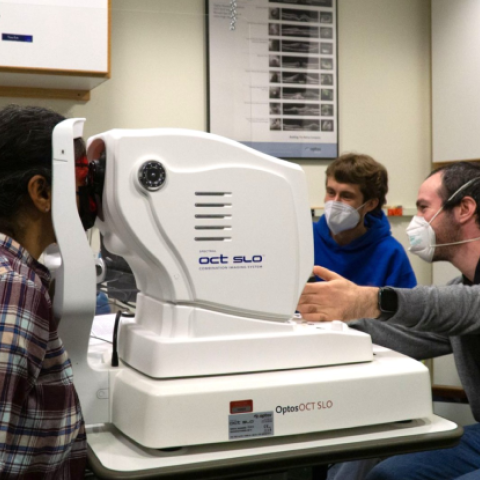

- Principal Investigator:
- Preeti Verghese
When we interact with our surroundings we are often looking at or reaching for an object of interest that is embedded in the clutter of daily life. Successful interaction with our surroundings requires that several processes work in concert. These include low-level factors such as how the target differs from its surroundings, on mid-level factors that organize the scene into regions and surfaces, and on higher-level factors such as attention, prior knowledge and expectation. In my lab, we use psychophysics as well as high-density electroencephalography (EEG) combined with a process that localizes the cortical sources of the scalp potentials to determine the neural populations that implement these processes. Our specific questions are: When attention is directed to a target, how do the task and surrounding context influence selectivity for target location and for its characteristic features? How does evidence for the target's identity evolve over time and how do attention and task demands influence the way in which local evidence is combined?

